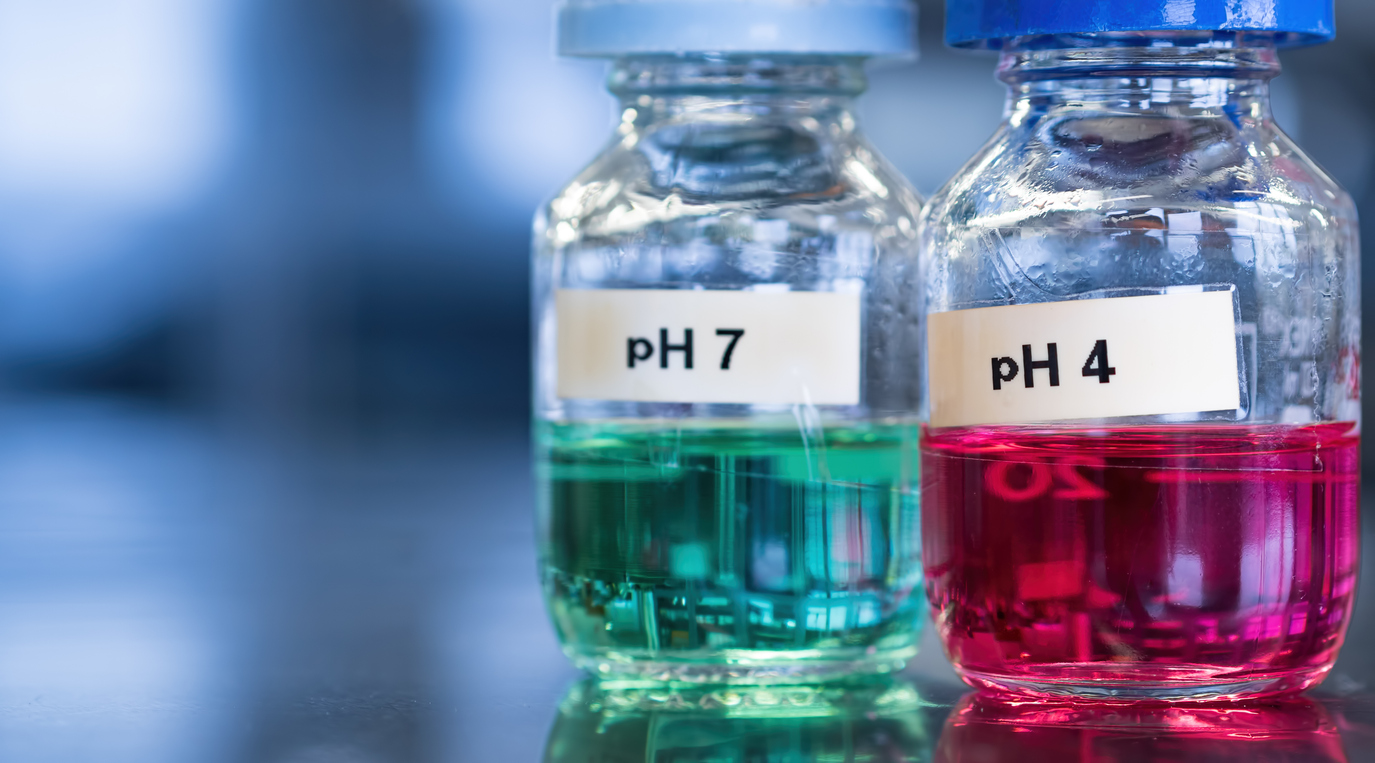This blog post is going to be devoted to acetate buffer, a widely used buffer in laboratories and scientific industries. First let’s discuss acetate, a carboxylate which is the conjugate base of acetic acid (commonly known as the main component of vinegar). Acetate has a negatively charged oxygen which is why it becomes the salt, sodium acetate. In general, buffers vary in their composition because they range in their use from helping cells grow in a petri dish to stabilizing RNA for freezer conditions. Optimization of a buffer is crucial to ensure that the correct molecules are present and the pH works for the steps of your procedure in which the buffer is used.
 Sodium acetate buffer in experiments and discovery
Sodium acetate buffer in experiments and discovery
A commonly used acetate buffer is sodium acetate buffer. Sodium acetate is an acetate group with a sodium at the oxygen and the sodium acetate buffer ranges from pH 3.5 to 5.5, making it a buffer with good ionic strength. Let’s discuss a few important uses for sodium acetate buffer.
DNA precipitation
DNA precipitation is used to isolate DNA from mixture. DNA is extracted for forensic and genetic studies, and even for studying DNA from archeological samples! The first step is to use alcohol because DNA is insoluble in alcohol. Sodium acetate is used in this step to maintain the ionic strength of the solution so that DNA can better precipitate. You can read more about nucleic acid separation in our other blog post here.
Protein Crystallization
Protein crystallization is when a protein is crystallized in solution. The goal of protein crystallography is to obtain an atomic structure of the protein that is crystallized by shooting x-rays at it and observing the diffraction pattern. The first crucial aspect of this technique is that the solution must contain as pure a protein sample as possible. The second crucial aspect is the conditions on the solution that the protein is in. Crystallographers try hundreds of different conditions of pH and salt composition to create a condition in which a protein won’t immediately precipitate, but slowly form a crystal as it comes out of solution. Sodium acetate buffer is commonly used to create low pH conditions. Sodium acetate buffers will be available in kits for this purpose or some labs will make their own versions of a sodium acetate buffer.
Final thoughts of sodium acetate
As you have read in this blog post, sodium acetate has many uses in research and industry. Many of these techniques are done on a large scale in large companies or at a smaller scale in research laboratories. The use of sodium acetate has been optimized for many of these purposes, making it very useful and efficient to use. When considering the best technique for separating the DNA or protein for your precipitation or crystallization protocol, magnetic beads are often preferred for their simplicity. You can read more about magnetic separation at our sepmag blog, and the ebook featured in this article.




